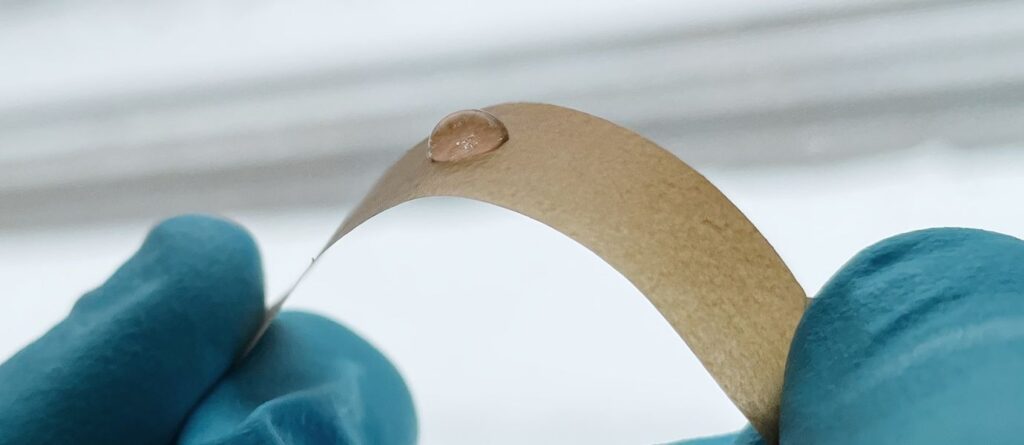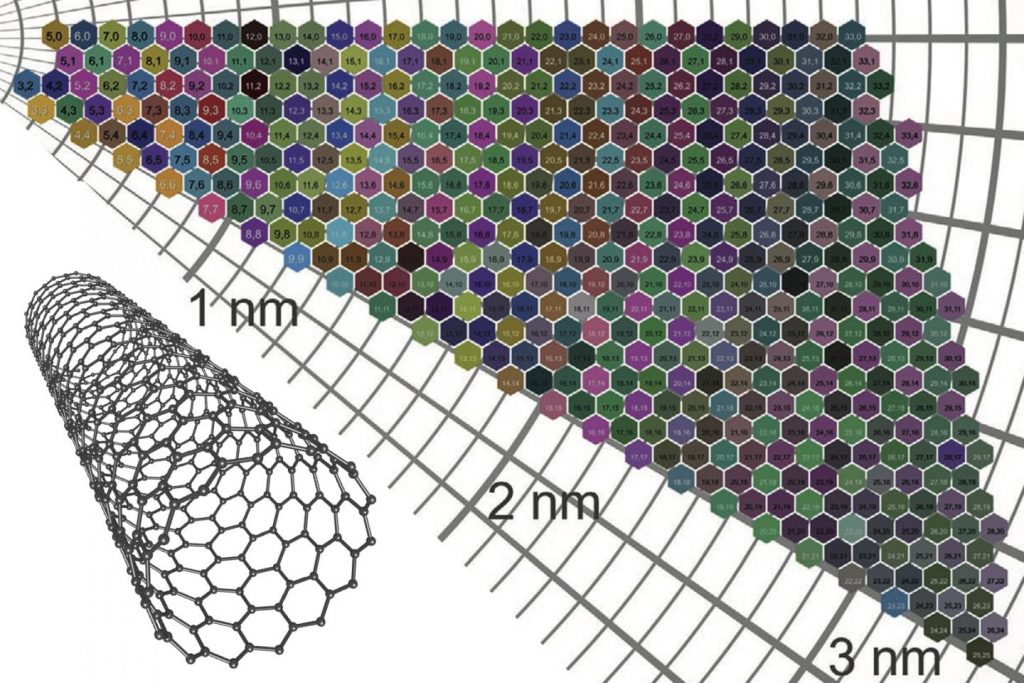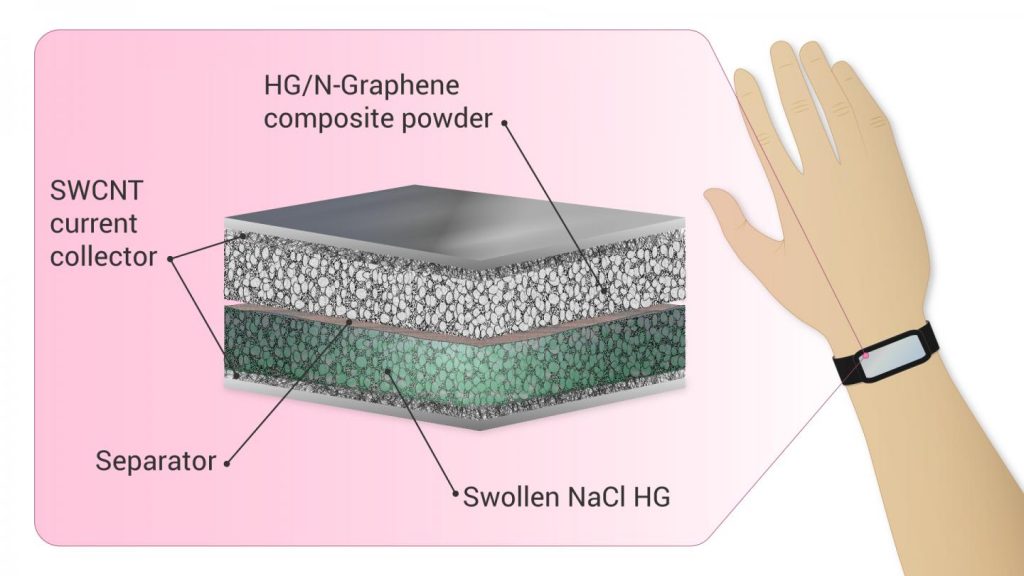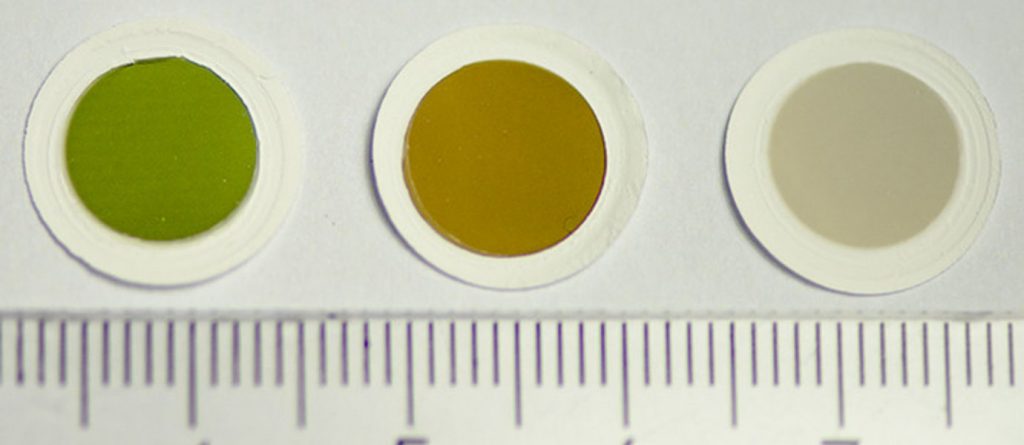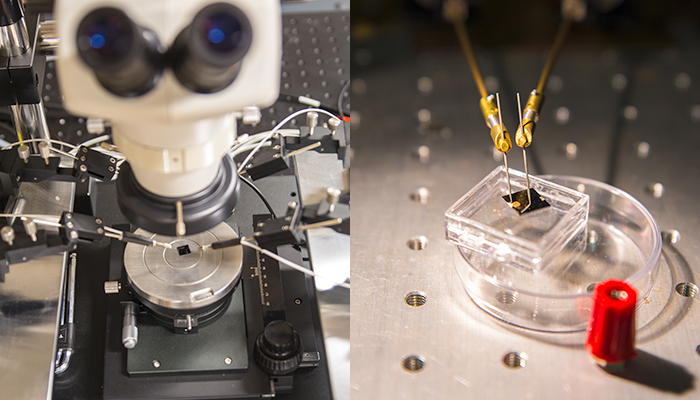I stumbled across this piece of research about the same time as I received a book from the library (requested months ago), “All the Beauty in the World; The Metropolitan Museum of Art and Me” by Patrick Bringley. 2023 (Simon and Schuster). The author is describing his earliest experience of art in the context of starting a new job as a guard at New York’s Metropolitan Museum of Art in the wake of his brother’s death,
…
Roaming the old master wing, i was stopped and held fast by Pieter Bruegel’s The Harvesters, from 1565. I responded to that great painting in a way that I now believe is fundamental to the peculiar power of art. Namely: I experienced the great beauty of the picture even as I had no idea what to do with that beauty. I couldn’t discharge the feeling by talking about it—there was nothing much to say. What was beautiful in the painting was not like words, it was like paint—silent, direct, and concrete, resisting translation even into thought. As such, my response to the picture was trapped inside me, a bird fluttering in my chest. And I didn’t know what to make of that. It is always hard to know what to make of that. As a guard, I will be watching countless visitors respond in their own ways to the curious feeling. [all emphases mine; p. 10]
…
This research into art and its effects on you is focused solely on digitized paintings viewed on screens (more details about with paintings follow after the citation and link to the paper). With that in mind, from a March 27, 2023 news item on ScienceDaily,
People all around the world are drawn to creating and consuming art, and human emotions are often a central subject in visual artworks as well as in music and performance art. However, the mechanisms underlying the feelings that art evokes remain poorly characterised.
A new study reveals how viewing visual art affects our emotions. The research subjects viewed different kinds of artworks and described the feelings that the art stimulated in their bodies. The researchers recorded the subjects’ eye movement while they viewed the art. In addition, the subjects assessed what kind of emotions each piece of art evoked.
…
I find the image illustrating the research quite fascinating,
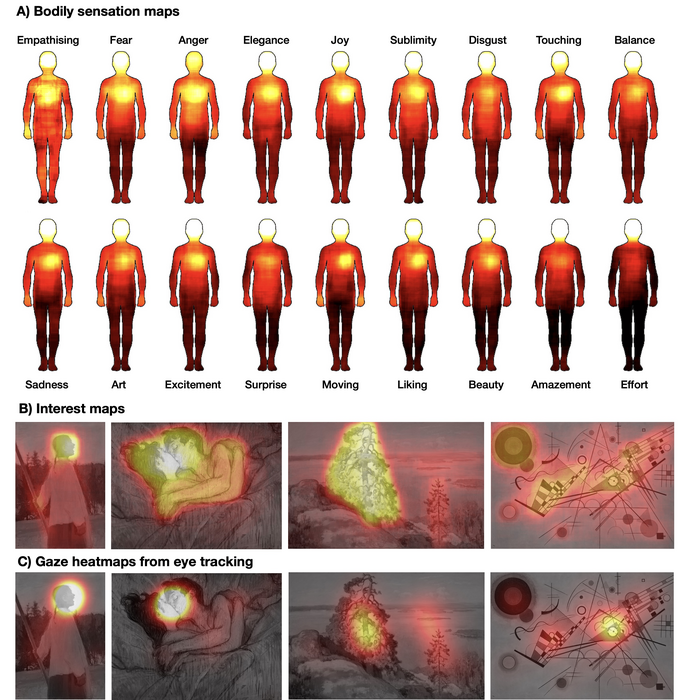
A March 27, 2023 University of Turku (Finland) press release (also on EurekAlert), which originated the news item, explains the research,
“Viewing the art evoked many different kinds of feelings and emotions in people. Even though many of the pieces handled sad or scary topics, the emotions that the people experienced were mainly positive. The bodily sensations evoked by art also contributed to the emotions: the stronger the body’s reaction was to the artwork, the stronger were the emotions experienced by the subject,” says Professor Lauri Nummenmaa from the Turku PET Centre at the University of Turku, Finland.
“In the artworks, human figures were the most interesting subject and were looked at the most. People have a tendency to empathise with each other’s emotions and this is probably also the case when we view human figures in art. The human emotions presented in art pieces can be absorbed by the viewer unnoticed, through so-called mirroring,” says Academician Riitta Hari from Aalto University.
Altogether 1,186 people from different countries participated in the study and they assessed the emotions evoked by over 300 artworks. The research was conducted with online surveys and eye movement recordings in the laboratory.
“Our results suggest that our bodies have a significant role in the aesthetic experience. Bodily sensations can draw people to art: art evokes feelings in the body, and such stimulation of the body’s pleasure centres feels pleasant to the viewer. This is why the emotions and bodily sensations evoked by art can be used, for example, in mental health rehabilitation and care,” Professor Nummenmaa recounts.
Here’s a link to and a citation for the paper,
Bodily feelings and aesthetic experience of art by Lauri Nummenmaa & Riitta Hari. Cognition and Emotion DOI: https://doi.org/10.1080/02699931.2023.2183180 Published online: 13 Mar 2023
This paper is open access.
It looks to me, based on what’s described in the introduction, WikiArt’s homepage (source of the digitized paintings used in the study) and the list of famous paintings, that they have focused heavily on European art, Note 1: Links have been removed; Note 2: Researchers have limited funds and may have to constrain their interests,
Emotion is central to art. Humans all around the world are drawn to creating and consuming art due to its capability to evoke emotions (Chatterjee & Vartanian, Citation2014; Zentner et al., Citation2008), and human emotions are also a central subject of numerous artworks ranging from The Scream by Edvard Munch to The Kiss by Gustav Klimt. Emotions coordinate physiological and behavioural activation patterns to promote survival and govern decision-making across contexts ranging from mate selection (Johnston, Citation2006) to feeding (Spence et al., Citation2016) and environmental preferences (Kaplan, Citation1987). …
Yet, humans may experience powerful emotions in the absence of survival challenges, notably when encountering art. …
…
The stimuli were digital photographs of 336 paintings and drawings spanning multiple genres and periods. Most of the stimuli were retrieved from the WikiArt Emotions database (Se ID:s in Supplementary Text 1) and were chosen based on their capacity to evoke emotions in the viewers (Mohammad & Kiritchenko, Citation2018). These artworks were complemented with 20 internationally famous paintings and 20 famous Finnish paintings presumably not widely known outside Finland (see Supplementary text 2); this was done to make sure the stimulus contained also well-known and well-liked as well as unfamiliar artworks. …
…
Suuplementary text 2 [sic?]
Famous Finnish and international paintings included in the studyFinnish: Gunnar Berndtson: Morsiamen laulu, Albert Edelfelt: Lapsen ruumissaatto, Albert Edelfelt: Leikkiviä poikia rannalla, Akseli Gallen-Kallela : Lemminkäisen äiti, Akseli Gallen-Kallela : Symposion, Pekka Halonen: Tienraivaajia Karjalassa, Werner Holmberg: Postitie Hämeessä,Edvard Isto: Hyökkäys, Tove Jansson: Juhlat kaupungissa, Eero Järnfetl: Kaski, Eero Järnfetl: Maisema Kolilta, Juho Rissanen: Kuppari, Juho Rissanen: Lapsuuden muisto, Juho Rissanen: Piipunsytyttäjät, Tyko Sallinen: Piruntanssi, Tyko Sallinen: Saunassa, Helene Schjerfbeck: Toipilas, Hugo Simberg: Haavoittunut Enkeli, Hugo Simberg: Vanhus ja lapsi, Ellen Thesleff: Kaiku. International: Hieronymus Bosch: The Garden of Earthly Delights, Sandro Botticelli: La Primavera, William-Adolphe Bouguereau: The Wave, Francisco de Goya: El Tres de Mayo, Grant Wood: American Gothic, Francisco de Goya: La maja desnuda, Hokusai: The Great Wave off Kanagawa, Edward Hopper: Nighthawks, Wassily Kandinsky: Composition 8, Gustav Klimt: Der Kuss, Édouard Manet: Olympia, Edvard Munch : Aske, Pablo Picasso: The Old Guitarist, Rembrandt van Rijn: Christ in the Storm on the Lake of Galilee, Auguste Renoir: Le Moulin de la Galette, Diego Riviera: The Flower Carrier, Henri Rousseau: The Sleeping Gypsy, Peter Paul Rubens: Massacre of the Innocents, Vincent van Gogh: Starry night, Johannes Vermeer: Meisje met de parel
It would be interesting to find out if there are differences attributable to a viewer’s unconscious assumptions about art, specifically paintings. Would we experience our emotions differently in front of prehistoric art, or ancient Egyptian art, or art uninfluenced by European art?
As it turns out, I have an August 23, 2016 posting titled, “Georgina Lohan, Bharti Kher, and Pablo Picasso: the beauty and the beastliness of art (in Vancouver).”
